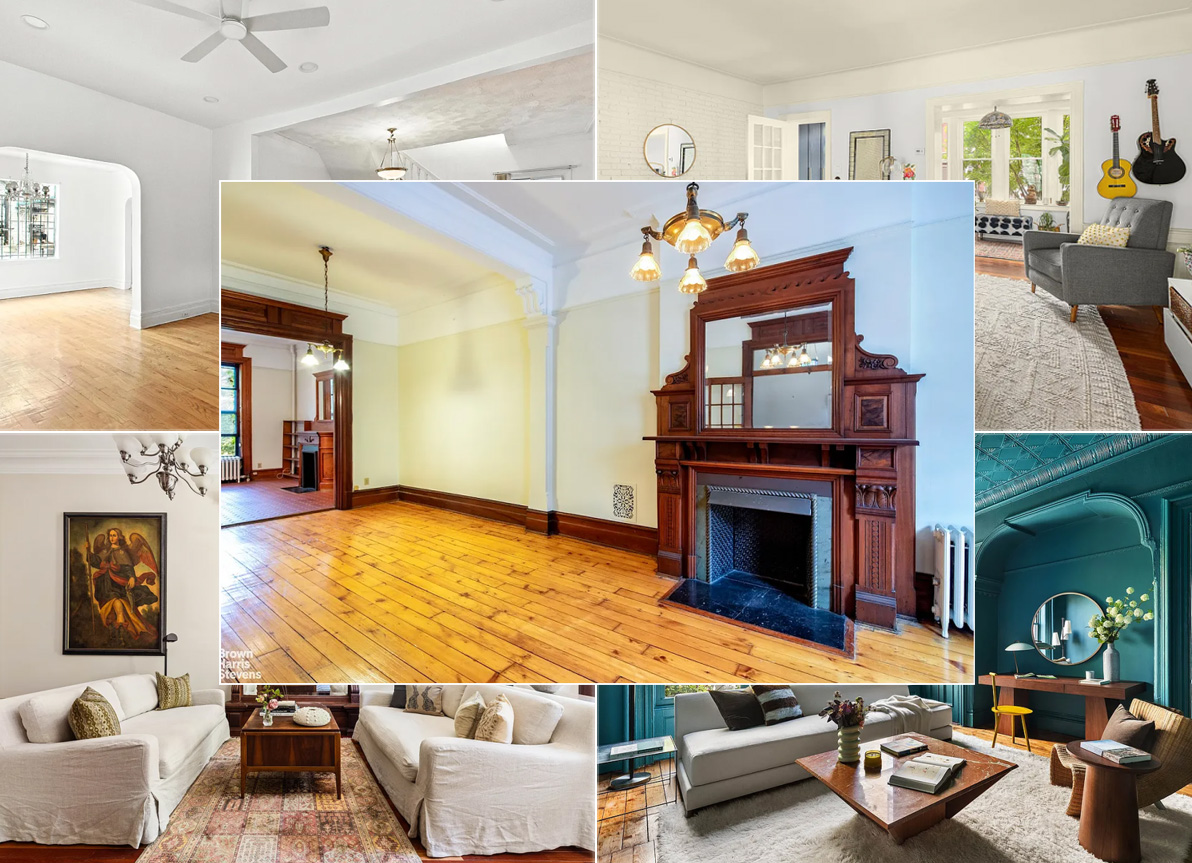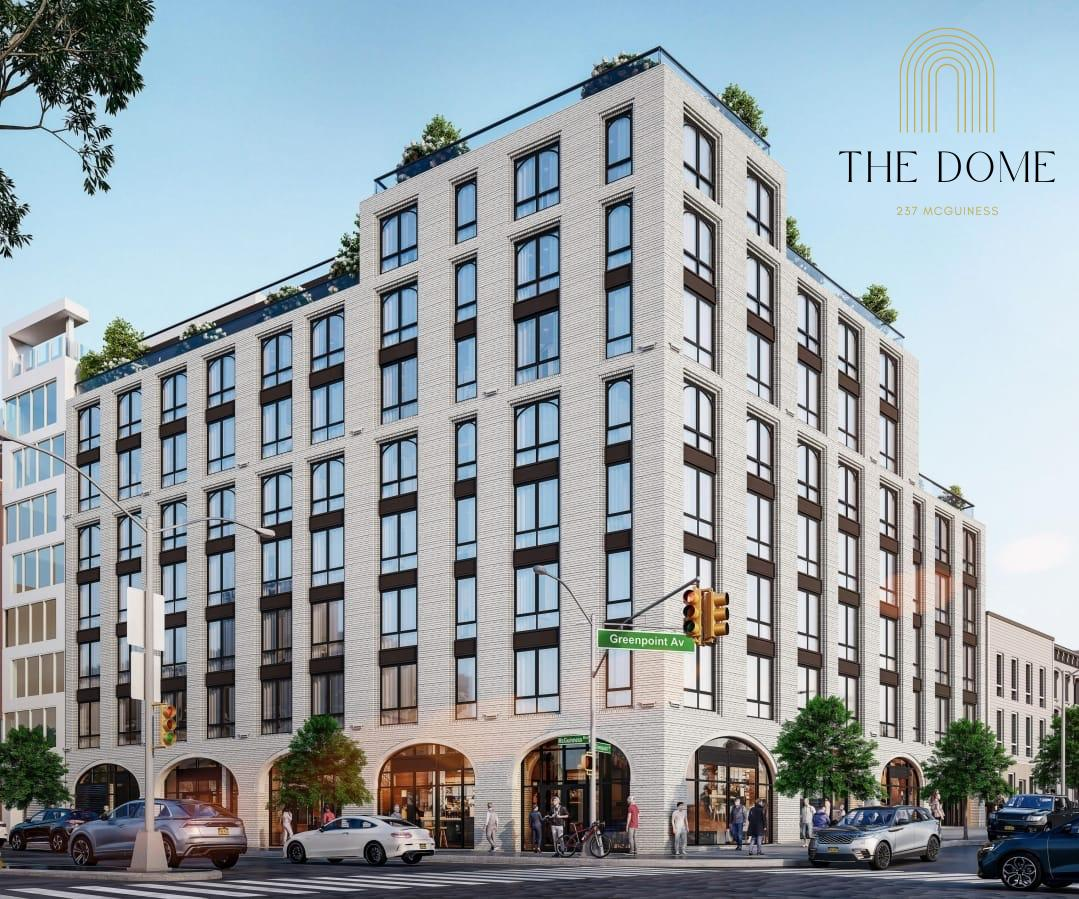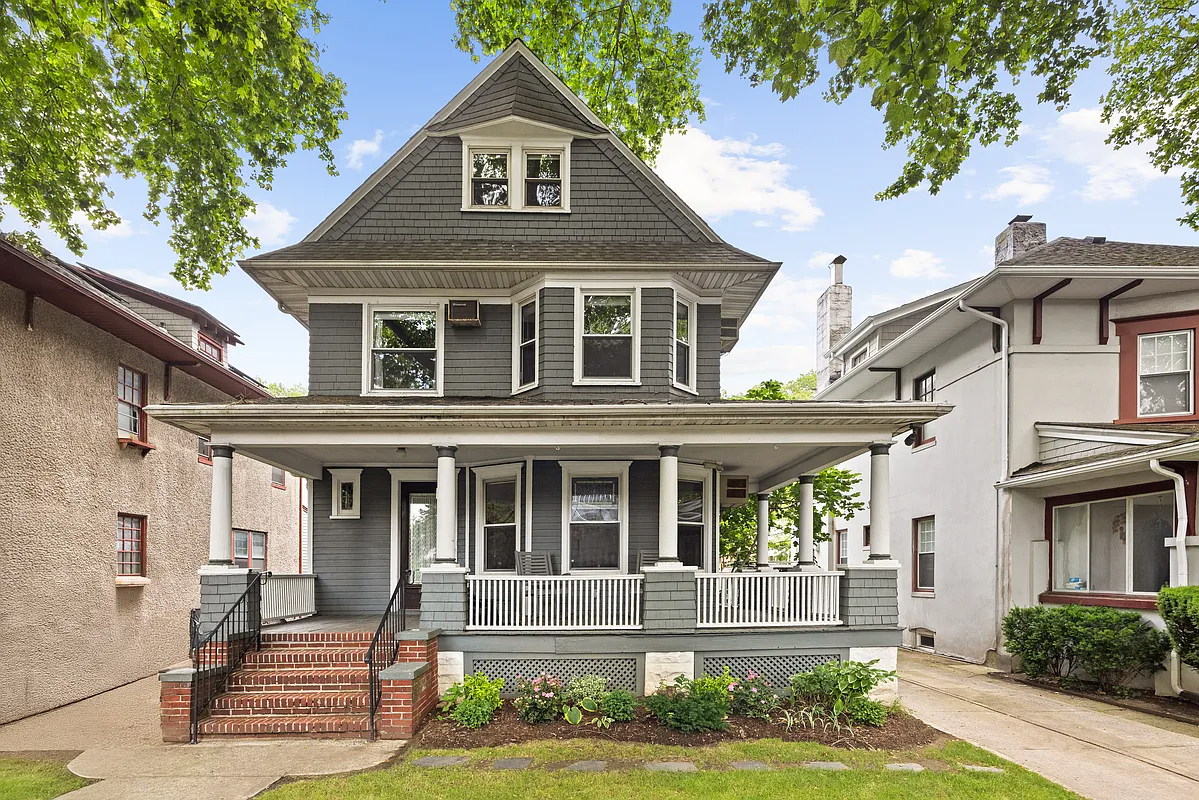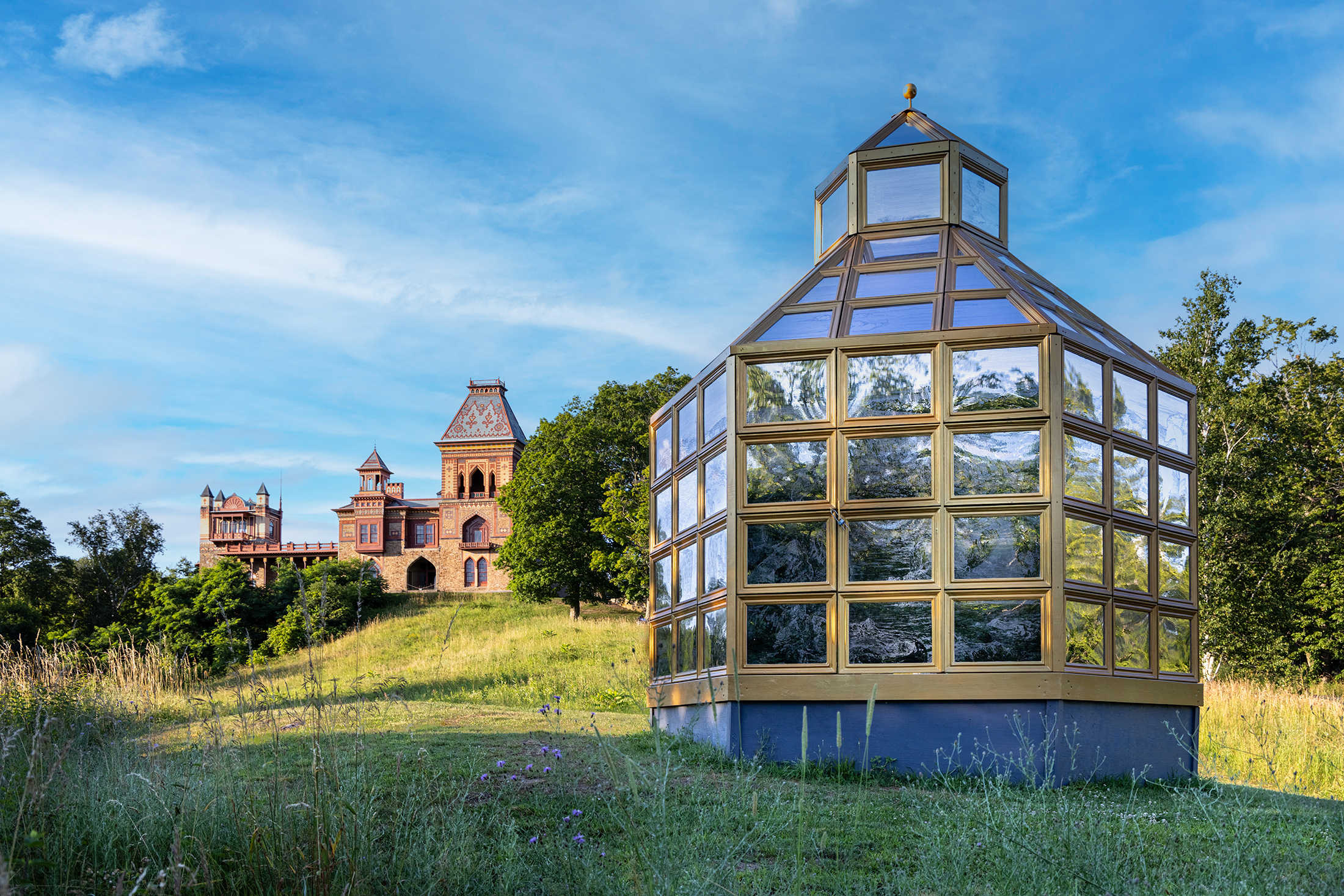Building of the Day: 52 Court Street
Brooklyn, one building at a time. Name: Commercial building Address: 52 Court Street Cross Streets: Livingston and Joralemon Streets Neighborhood: Brooklyn Heights Year Built: 1852 Architectural Style: Originally Italianate Architect: Unknown Landmarked: Yes, part of Brooklyn Skyscraper District HD (2012) The story: This is one of those Court Street buildings you walk by and never…

Brooklyn, one building at a time.
Name: Commercial building
Address: 52 Court Street
Cross Streets: Livingston and Joralemon Streets
Neighborhood: Brooklyn Heights
Year Built: 1852
Architectural Style: Originally Italianate
Architect: Unknown
Landmarked: Yes, part of Brooklyn Skyscraper District HD (2012)
The story: This is one of those Court Street buildings you walk by and never notice, unless you go to Curves, or grab a bite at the diner. Even so, you never notice the building itself. That’s because, like many small buildings in commercial districts as old as this one, buildings can be transformed so many times, they are now unrecognizable. 52 Court Street is one of the oldest remaining buildings on this block, and because it’s been around for so long – the stories the bricks in here could tell!
It was built in 1852, one of a long row of marble-fronted buildings that stretched from 46 to 64 Court Street. This row can be seen in period photographs that are usually focused on the Temple Bar Building on the next block north. Today, 52 stands alone, but believe it or not, 58-64 Court, now called 62 Court, a single, bland cement covered building with nondescript storefronts, were once four of the buildings in this group. What a downgrade. Who knew?
Over the long course of this building’s existence, it’s been many things, including a residence. Up until about 1875, the second floor was let out as an apartment. An ad in the Brooklyn Eagle in 1866 was seeking a dressmaker for a “first class family” at this address. The first floor was always commercial, and in 1855 may have been home to the Brooklyn Homeopathic Dispensary. In 1858, Andrew B. Tubbs had an early photographic studio here, where he is listed as a “daguerreian,” a maker of daguerreotypes, the earliest type of photographs, printed on metal sheets. He also did ambrotypes, the next photo process, which printed images on glass.
The upstairs floors were rented out to businesses like law and real estate offices. There was also a large meeting space somewhere in there, home to several unions, trade organizations and fraternal societies. In 1874, Goold’s Music Store was the ground floor tenant, the last general retail establishment in the space until the 1920s. At some point, perhaps when the saloons came in, the residential aspect of the building was gone.
From 1879 until the 1920s, the ground floor of 52 Court St. was a series of saloons, with different owners and different names: Dohm’s Saloon (1879), Sebastian Schneider’s (1882), Brother Pape’s (1887), John Otten’s (1893), Patrick Murphy’s (1895), and Frederick Kucharski’s (1901). Court Street, by this time, was at the center of Brooklyn’s banking, real estate and insurance district, and a good saloon was always packed. In 1882, Sebastian Schneider got himself in trouble with the law by selling liquor on a Sunday. You could lose your business by doing that.
But the worst thing to happen took place at Frederick Kucharski’s place, in 1901, when a distraught young man named Frederick E. Porter killed himself in the saloon, by downing a whiskey chased with a bottle of carbolic acid. He did it in the presence of his horrified aunt, who had accompanied him to the saloon, not knowing she would watch her nephew die right in front of her. I might have to tell that story at another time.
By 1922, the building seems to have lost its saloon, at least for a while. The storefront was taken up by Corlies, Macy & Co. Stationers, a long established provider of all kinds of business and personal stationery products. They stayed here for several years, during which time their ads in Brooklyn papers changed from emphasizing cards, bridal announcements and general stationery to business furniture, typewriters and accessories, and other business paper products, reflecting the change of clientele in the area.
But, they too moved on, and by 1929, the ground floor was Roberts Soda Fountain and Luncheonette. The NY Times didn’t name the establishment, but in 1932, at the height of Prohibition, the Feds staged a massive raid all across the city, and this address was raided and closed for selling liquor; in this case, beer, to patrons.
I was not able to find out if the business was on the ground floor, or upstairs somewhere, but in 1933, the Boro Blueprint Company is listed here, as building began to start up again in Brooklyn. And in 1931 and 1933, two different brokerage firms opened branch offices here; M.J. Meehan and Abraham & Company, respectively. They were joined by several lawyers who also established offices here, the last one making the papers in 1937.
And then the trail goes cold. There are no other mentions of this address in the papers until the present day. A look at the tax photo from the early 1980s shows the top two floors pretty much intact, with the cornice, as of yet, uncovered by other materials. The second floor has already been very much altered, and of course, the ground floor was probably altered long, long ago, and was a diner again. Sometime between then and now, the new façade was put on. Compared to what they did down the street, to its sister buildings, this façade was decently thought out and professionally done. It’s been a long journey for this once again vital part of Brooklyn. Who knows what the future will bring? GMAP









What's Your Take? Leave a Comment